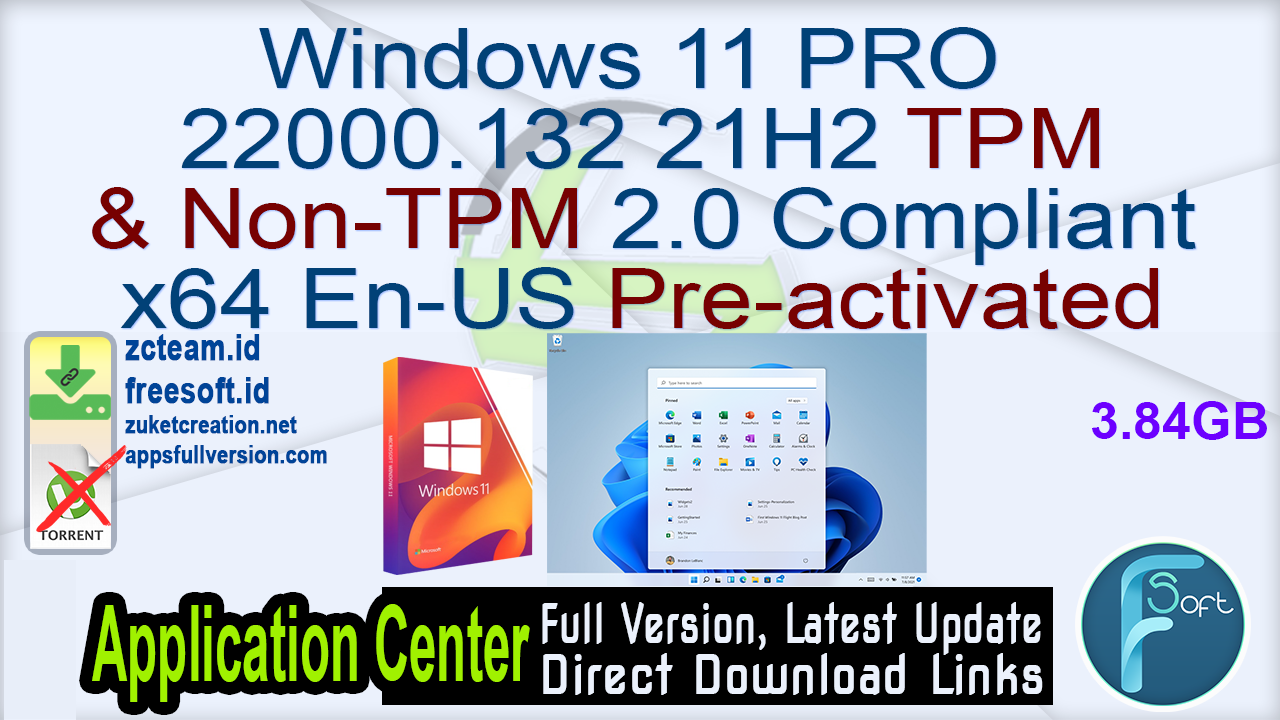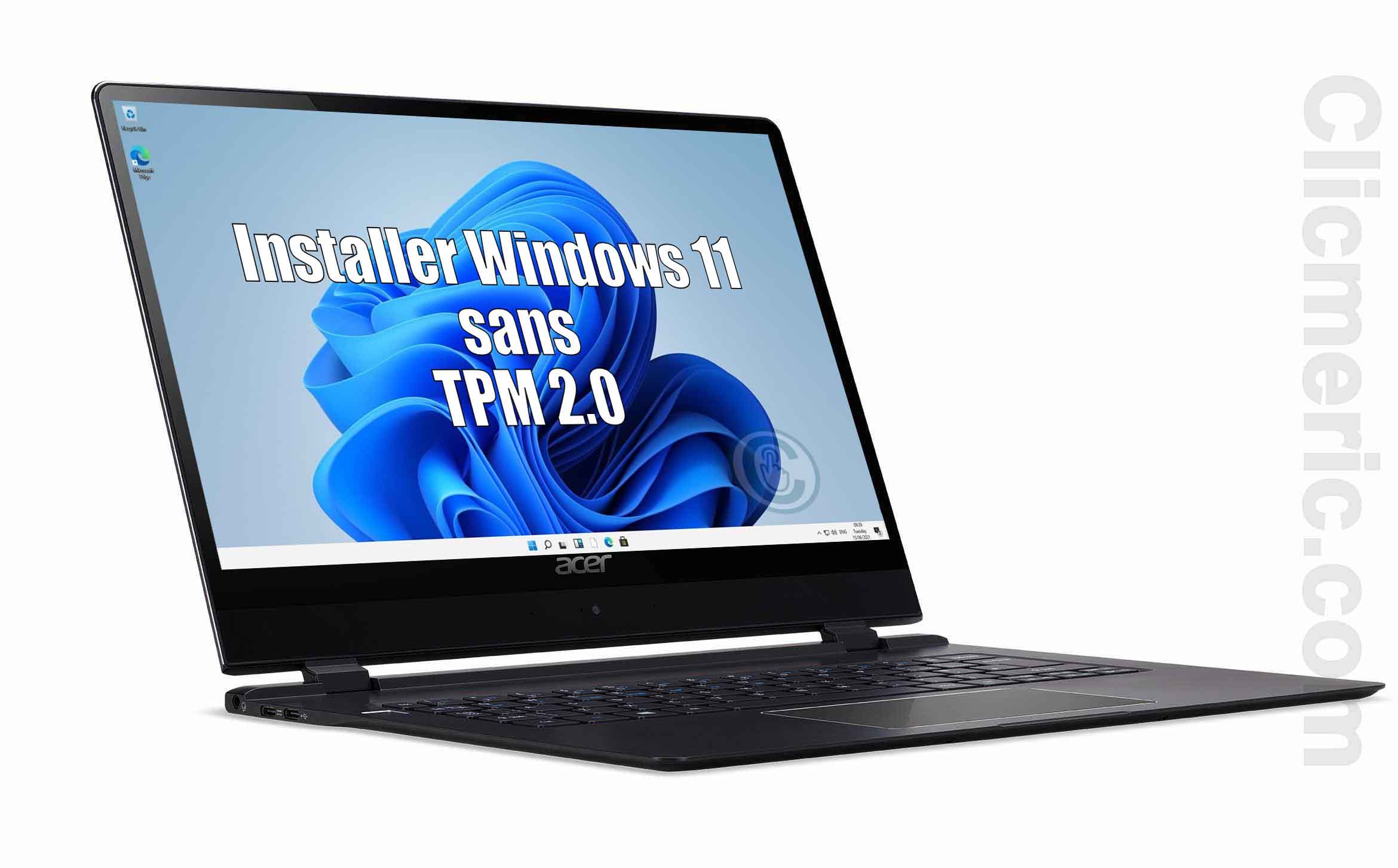

In any case, yes Hyper-V makes these trivial, at least on PC's with TPM.įor the processor, Hyper-V appears to pass along the CPU code of the host, so that could still be a problem if the CPU is pre-8th Gen. I assume these work regardless of the capabilities of the host, but I suppose it's possible they only appear as options if the host already has them (my PC's have this and I don't feel like to turning off TPM in BIOS to check). In looking into this a bit more, I see that Hyper-V does have options right in its GUI (nice) on the Security tab to turn on TPM and Secure Boot. It sounds like you are experiencing some issues with Windows Defender not working properly with TPM 2.0. Your Windows 11 VM will now install as normal with no warnings, and you can get onto some top-level virtualizing. Some VM software, such as VMware used here, seem to handle secure boot requirements, but others, such as Virtualbox, do not. If after doing the above you still get the error, open up the Command Prompt again and enter this command: REG ADD HKLM\SYSTEM\Setup\LabConfig /v BypassSecureBootCheck /t REG_DWORD /d 1

Into the Command Prompt to open the GUI Registry Editor to add the key detailed above, but simply typing that single line into the terminal is definitely the fastest way.Īs an additional step, you may need to add one further registry key. Now, as you continue with the installation you'll no longer see a warning that your PC can't run Windows 11 and everything will continue as planned. To do this, press the Windows key and R at the same time to call up the Run dialog. It’s a significant hardware change that has been years in the. Source: Windows Central (Image credit: Source: Windows Central) Microsoft announced yesterday that Windows 11 will require TPM (Trusted Platform Module) chips on existing and new devices.


 0 kommentar(er)
0 kommentar(er)
